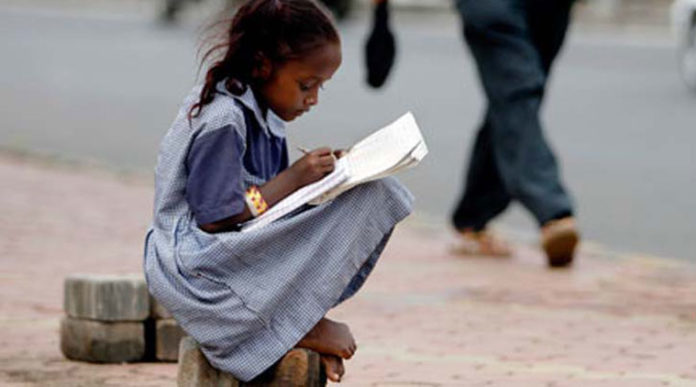Women saved the day for India at Rio, and their growing presence was reflected in the 54 female Indian athletes–the largest number ever–at the 31st Olympiad.

While those rising numbers indicate the progress made by Indian sportswomen–many from small towns and poor families–in particular, and Indian women in general, a quick look at five key parameters–working women, education, maternal health, age of marriage and abortion rates–reveals that India’s women are routinely denied opportunities at education, work and even being born.
Working women: Lowest in BRICS, 25 million women leave workforce over a decade
Women’s workforce participation in India is the lowest among BRICS nations. A host of other countries, such as Bahrain (39%), Malaysia (45%) and Somalia (37%), do much better, as IndiaSpend reported in March 2015, using World Bank data from 2014.
Higher education: More women enrolled, outperform men, but drop out later
While more young women are enrolled in higher education than ever before–and apparently more successful in clearing 10th-standard board exams than young men–they are either marrying early or not finding or not looking for jobs, according to an IndiaSpend analysis of various data.
Maternal Health: Best ever, but worse than poorer countries
India’s maternal mortality ratio–the women who die during every 100,000 live births–was 167 in 2010-12, according to the latest government data available, a steady improvement.
Read more here , Feature image courtesy indianexpress



























